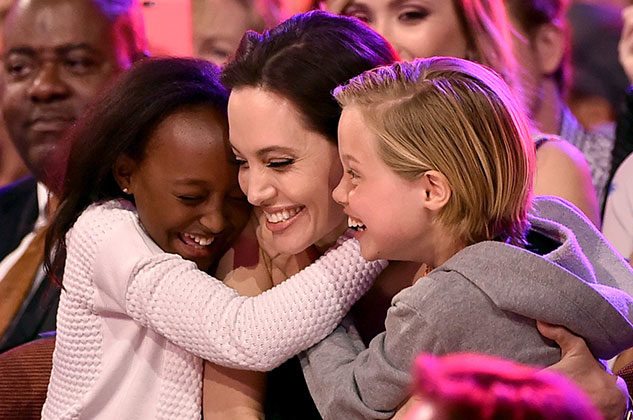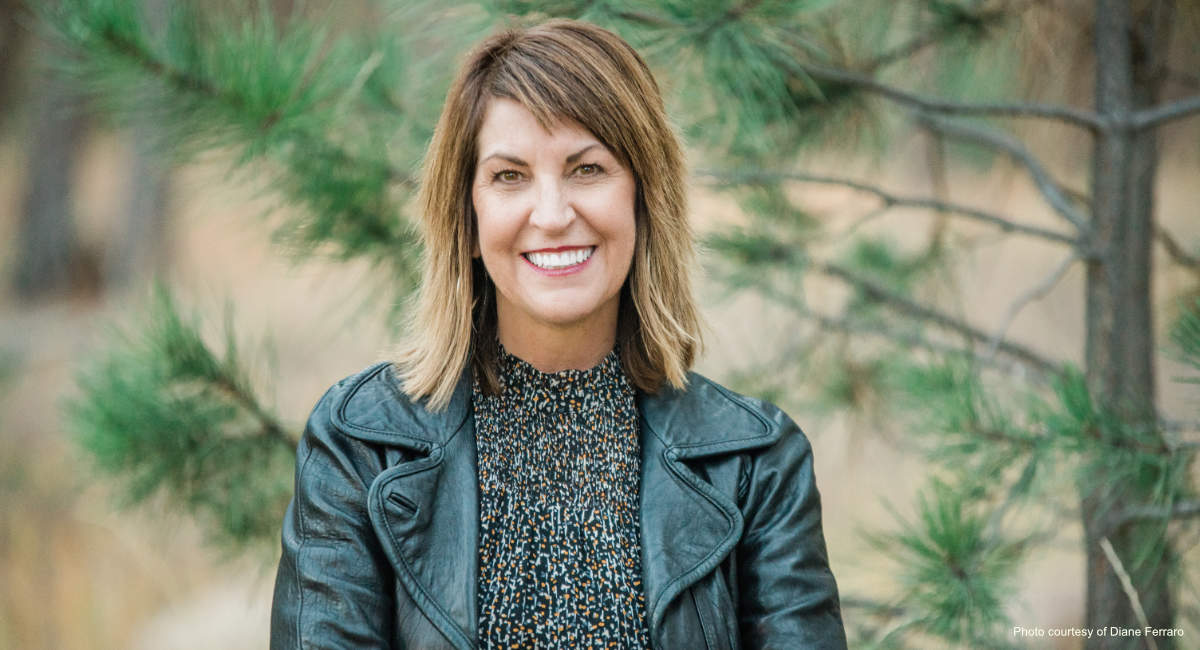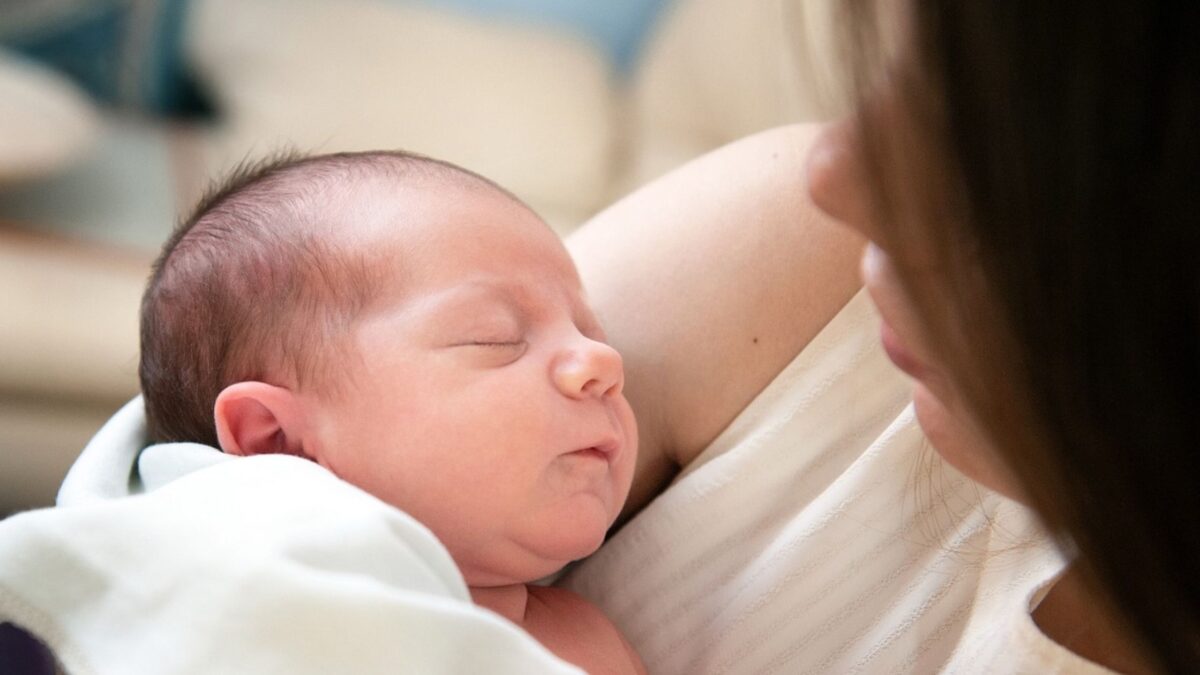According to the Congressional Coalition on Adoption Institute (CCAI), in the U.S. alone 397,122 children are living without permanent families. Around the world there are an estimated 153 million orphans looking for a home.
With an abortion happening every 30 seconds, it’s important we talk about adoption as a viable option for women in unplanned pregnancies. And in that, more people will start seeing that adoption and foster care is one of the most tangible ways to empower women to choose life.
These six celebrities have adopted children. Here’s what they have to say about adoption:
1. Angelina Jolie — “Maddox is my baby, he’s by my side all the time, and I think I can give him so much. I can no more imagine living without him, than not breathing.”
2. Sheryl Crow — “I’ve always wanted to adopt. Even if I’d had my own kids, I would have adopted. I love the idea of adopting. I always had an immense amount of love to give.”
3. Tom Cruise — “And I feel as a parent, my job is to educate them and give them the ability to make good decisions and learn about the world. And they have the opportunity that I never had. They get to see the world. So they have a great life, you know. I want to be my kids.”
4. Sandra Bullock — “He’s just perfect, I can’t even describe him any other way… It’s like he’s always been a part of our lives.”
5. Meg Ryan — “I am convinced, completely convinced, that there was nothing random about [the adoption], she is the daughter I should have.”
6. Hugh Jackman — “It’s a complete blessing in every way. It’s one of the greatest things that has ever happened in my life. And both my children are more than a blessing—the greatest gifts I have.”
In a society that values “choice” over human lives, it’s so important to highlight the stories within our culture that value life. Adoption is one of the most powerful ways to show women they are not alone in an unexpected pregnancy.
Every day, women are pressured into abortion.
Let’s join together to make sure people in unexpected pregnancy situations are supported and loved so they can make life-affirming choices for their children.
We’re asking pro-lifers around the country to help us end the pressure surrounding abortion once and for all. Sign our pledge today!













